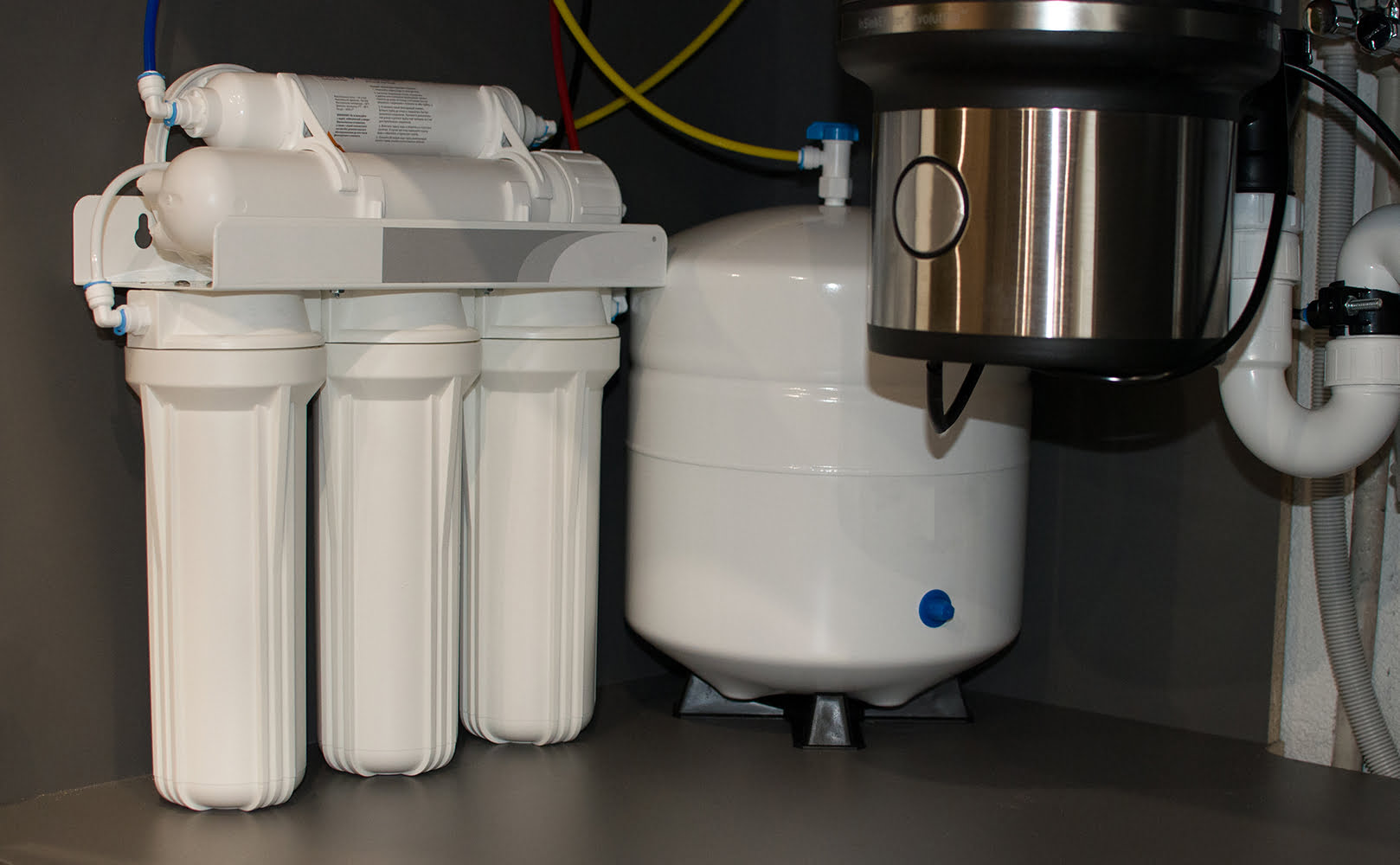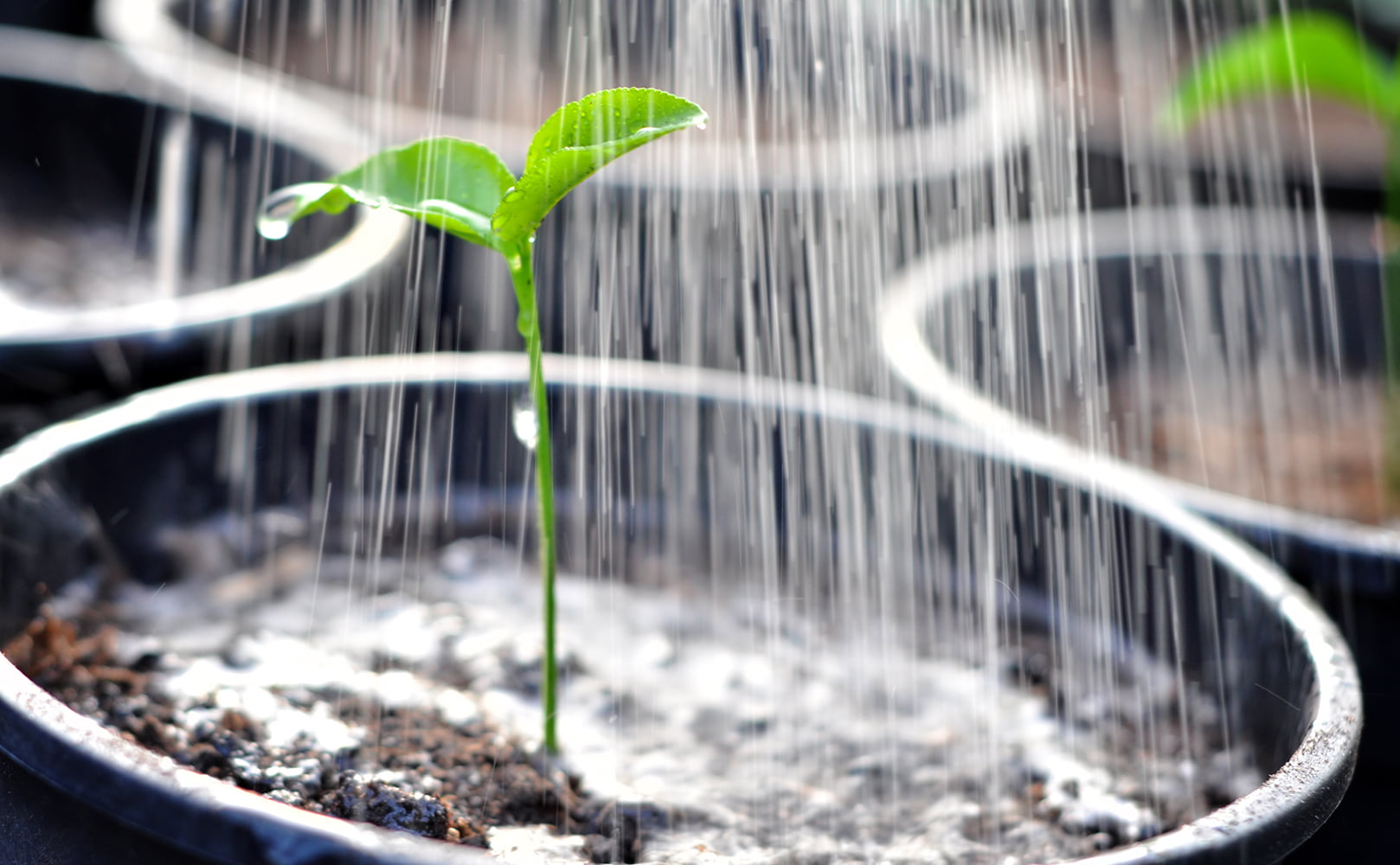How to Remove Fluoride from Water for Plants?
Written by: Gene Fitzgerald // Last Updated: Jan 4, 2023
This page may contain affiliate links. If you buy a product or service through such a link we earn a commission at no extra cost to you. Learn more.
Fluoride is generally seen as beneficial to human health when consumed in reasonable quantities.
Plants are a different story. Some plants don’t take well to fluoride at all, and it can lead to permanent damage if you’re not careful.
And so, if you live in an area with relatively high fluoride water levels, it can be worth investing in filtration systems to lower them.
But how to remove fluoride from water for plants?
Key Takeaways
Removing fluoride from the water you use on your plants can be done with the right filtration or purification methods:
- Water distillation – Remember to give the water some time to cool down after the process.
- Reverse osmosis water purification
- Activated alumina filtration
- Bone char filtration
How to Remove Fluoride from Water for Plants
Removing fluoride from the water you use on your plants can be done with the right filtration and purification methods.
Note that water filters, by default, do not remove fluoride. Only a specific subset of them is designed to work on fluoride, and even then their effectiveness varies.
Water Distillation
Distillation is a classic water purification method, and it’s also highly effective at dealing with fluoride. One of its main advantages is its simplicity. You can distill water using tools you probably already have in your home and don’t need to invest any further money.
Unfortunately, water distillation is also somewhat slow and not suitable for processing large amounts of water. This makes it a poor choice for permanent setups where you want to purify water on an ongoing basis.
However, if you are only caring for a small number of plants and they don’t need too frequent watering, you might be able to use distillation efficiently. The important thing is to give the water some time to cool down after the steam condenses. As you probably already know, plants generally don’t take too well to hot water.
Reverse Osmosis Water Purification
Reverse osmosis is also very popular when it comes to dealing with fluoride in water. It involves using pressure to force water through a very fine membrane which only lets H2O molecules through.
A small number of contaminants may also make it to the other side of the membrane, but reverse osmosis water purification is still very effective at removing fluoride, decreasing its concentration to less than 10% in most cases.
AA Filtration
Activated alumina can adsorb various contaminants commonly found in water, including fluoride. If you’re shopping for a water filter that can deal with fluoride, you’ll commonly see activated alumina as the main component of many setups.
One downside to using activated alumina is that it only works well at a pH range of 5-6. Below and above those values, its effectiveness declines sharply. Testing your water is important before investing in an activated alumina filter.
Bone Char Filtration
Bone char carbon is another effective method for removing fluoride from water. It’s made from animal bones and has a high level of effectiveness, not only against fluoride but also against other contaminants like arsenic and even uranium.
Bone char is also excellent at dealing with heavy metals. It’s environmentally friendly too, so if you’re concerned about minimizing your footprint on the world around you, this is one of the best options you can go with.
What Will Not Remove Fluoride from Water
Fluoride can’t be removed by boiling water. While boiling is a great way to kill bacteria and is commonly used as a basic water purification method, it’s ineffective against fluoride. Not only does it not remove any of it, but it can even increase fluoride saturation in the water by reducing the overall volume.
You also can’t use regular water filters to deal with fluoride. Unless you use one of the methods we listed above, you will not achieve any reduction in fluoride levels. That’s why general-purpose water filters are ineffective against fluoride.
- Exposing water to direct sunlight,
- letting it sit for hours,
- or adding lemon to it won’t help either.
Is Fluoridated Water Toxic to Plants?
Fluoridated water is dangerous to many types of plants, including a wide range of common household plants. Filtering and purifying your water to minimize its fluoride content is highly advised if you keep plants in your home.
Make sure to understand the specific nutritional requirements of each of your plants, especially when it comes to sensitivity to fluoride. Not all plants respond the same way to it, but it’s generally not a good idea to water your plants with highly fluoridated water.
Fluoride-Sensitive Plants
Many plants are particularly sensitive to fluoride. Some of those include:
- Corn Plant
- Good Luck Plant
- Lilies
- Lucky Bamboo
- Happy Plant
- Parlor Palm (and some other types of palms)
- Spider Plant
- Zebra Plant
Many outdoor species are affected as well:
- Apricot
- Blueberry
- Grape
- Peach
- Plum
What Is the Toxic Dose for Fluoride?
Studies have shown that most plants start to exhibit negative symptoms at concentrations higher than 20 ppm. Municipal water typically contains around 4-5 ppm, which makes it generally safe for treating your plants.
However, this can change in certain situations. For example, using water that’s been left out in the sun for too long is not recommended. It’s very likely that a good portion of the water will have evaporated by the time you use it for watering your plants, which means that it will have a higher concentration of fluoride.
It can take a while for plants to flush fluoride out of their systems once it’s accumulated significantly. Fluoride can accumulate in the leaves and slowly kill them. By the time you realize that something is wrong, it may be too late to save some leaves or even the whole plant.
Fluoride in the Soil
Fluoride is abundant in soil, and it’s the 13th most common element in general. Its concentration can vary from around 10 ppm, to as much as 620 ppm in regular soils. Clay soils are even richer in fluoride, with some going up to 3,500 ppm. On the other hand, sandy soils contain less fluoride on average.
Thankfully, fluoride in soil is not easily absorbed by plants. Small amounts might make it into the roots, but this should not be enough to cause any damage unless combined with fluoride-rich water. Therefore, you are generally free to pick any type of soil you want for growing your plants. The most important factor is how you treat the water you use on them.
Reducing Plant Damage from Fluoride
Other than filtering your water, you can take some additional measures to keep your plants safe and reduce the amount of fluoride they’re exposed to. If possible, collect and use rainwater for watering your plants. You may mix it with tap water to increase its volume, as long as you pay attention to the mix rate.
Don’t use perlite and superphosphate if you can avoid them, as they both contain fluoride. Also, try using water with a higher pH level – levels above 6.5 can make it more difficult for fluoride to be absorbed by your plants.
Is Fluoride an Essential Nutrient for Plants?
Not only is fluoride not an essential nutrient for plants, but it can even be toxic to them in high enough concentrations. There is no benefit in specifically adding fluoride to the water you use on your plants. Quite the opposite – the less fluoride there is, the better for your plants.
Fluoride inhibits photosynthesis and also affects other vital processes in plants. While studies have shown some marginal positive effects on plant health, the negatives far outweigh the positives. This makes it important to pay attention to how you’re treating your plants and how you’re filtering the water you use for growing them.
What Is Fluoride, and Why Is It in Our Water?
Fluoride is a natural mineral. It can be found all around in nature, and it has some proven benefits to dental health when used in moderate quantities. This has prompted some governments around the world to add it to municipal drinking water in hopes of preserving the teeth of their citizens.
However, the outcome of these efforts is disputed. While fluoride itself has been proven to protect against tooth decay, the effectiveness of adding it to drinking water is under question. Studies have shown a notable decline in tooth decay rates in areas where fluoride has been added to the water. However, the same appears to be true for other places with generally similar living conditions, but without the presence of fluoride in the water.
For this reason, some people have expressed doubts over the usefulness of adding fluoride to drinking water. Many governments around the world deliberately avoid doing it.
And as we’ve seen above, fluoride can have some serious negative consequences for plants. Fluoridated water can make it a challenge to take care of houseplants and some outdoor species, requiring additional filtration and/or purification.
If you have any thoughts about the question, how to get fluoride out of water for plants, please don’t hesitate to leave a comment below!
Information provided on BOS is for educational purposes only. The products and services we review may not be right for your individual circumstances.
We adhere to strict editorial guidelines. Rest assured, the opinions expressed have not been provided, reviewed, or otherwise endorsed by our partners – they are unbiased, independent, and the author’s alone. Our licensed experts fact-check all content for accuracy. It is accurate as of the date posted and to the best of our knowledge.



